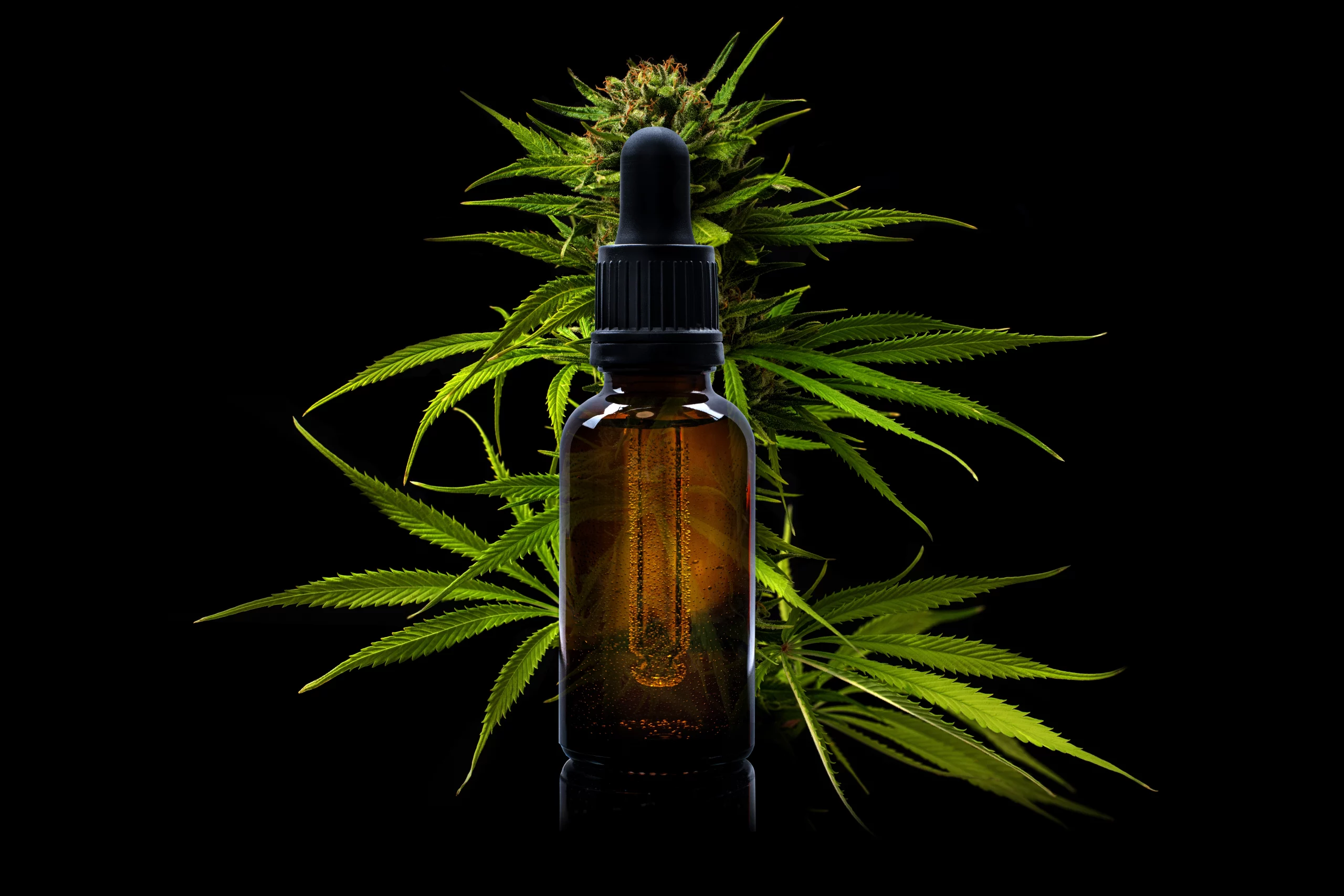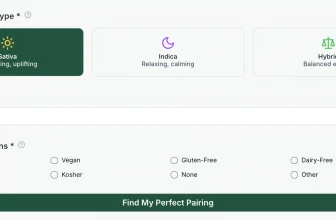
The entourage effect is nothing new. The idea that two compounds can work together synergistically to amplify their respective effects (and even create new ones) has been floating around for some time.
But can your 3 Kings strain give you the benefits of an entourage of substances? It could because you take in hundreds of botanical compounds whenever you smoke a blunt with your friends.
It’s a confusing and emerging field, so we’ll answer questions like, “Is the entourage effect real?” and which strains work best for producing this effect, if it exists at all.
What is the Entourage Effect?
When you smoke, vape, or eat cannabis edibles, hundreds of botanical compounds enter your body. There’s so much more to the cannabis plant than its THC percentage.
Some of the other compounds you’re taking in include:
· CBN
· CBC
· CBG
· Terpenes
Here’s the kicker. We’re still discovering new compounds derived from the marijuana plant and various strains. This is why so few studies prove the existence of the entourage effect, as it’s an issue we’re unsure about.
However, our research shows that two familiar compounds may work together. For example, scientists conducted a study into patients with cancer-based pain. They were each given either an extract of 50:50 THC/CBD or pure THC. Patients in the former group reported less pain.
And that’s not the only evidence that there’s something else at play.
In more research, it has been suggested that medical cannabis patients don’t tolerate pure THC well. This is why there are dedicated medical weed programs in all but five states across the region, rather than a silver bullet pharmaceutical containing THC.
It’s given rise to the theory that although THC might be the primary driver of the psychoactive effects in your favorite edible recipes or zip of weed, other molecules modulate it.
That would go a long way to explaining why a single plant species can produce so many distinct weed strains.
What Does the Entourage Effect Feel Like?
People who know how to roll a blunt and swear by this effect claim that it intensifies the experience of consuming cannabis.
For example, if you’re checking out your favorite strains of weed for anxiety, you might say that this effect provides more effective and longer-lasting relief.
But, as mentioned, this assumes the effect is real, and research into that remains ongoing.
How to Get the Entourage Effect
Assuming that there is some truth to this effect in terms of producing unique effects for every strain, getting the benefits is a matter of choosing your marijuana strain carefully.
There’s a reason why some cannabis marketing talks about some strains for their pain-relieving qualities and others for reducing anxiety.
So, if you’re determined to perfect your smoke sessions, it’s time to turn those weed games into weed research. By familiarizing yourself with the science behind cannabis and its effects and experimenting with different strains, you can find what works best for you.
Cannabinoids and Terpenes May Work Together
Novices look at strains like Tropic Thunder and Northern Lights and focus on the THC or CBD percentages. This is the information all dispensaries will provide when selling their products, but the potential for the entourage effect goes much deeper.
One of the most exciting pieces of science was a review conducted by Dr. Ethan Russo, who specializes in decoding cannabis compounds and their effect on the body.
The Granddaddy Purple Example
Dr. Russo’s review, called Taming THC, uses several examples to show how cannabinoids and terpenes may work together. One such example Dr. Russo focused on was an old favorite, Granddaddy Purple.
In his review, he separates this strain into its primary parts:
· THC
· Myrcene
· Caryophyllene
· Pinene
With this list, Dr. Russo highlighted potential synergies that display the entourage effect. Some of these synergies include:
· Myrcene could improve sleep.
· Caryophyllene may help to ease inflammation.
· THC could also help deal with pain.
But even with this evidence, the effect remains unproven. It’s a theory and nothing more because we know so little about cannabinoids and terpenes.
The Harbinger of a New Generation of Cannabis Cultivation?
The science surrounding cannabis has always focused on THC and CBD as the two most prominent cannabinoids. But in a 2005 paper, cannabis researcher Raphael Mechoulam described the plant as a “neglected pharmacological treasure trove.”
If you thought cannabis was merely a vessel for THC, join the club. That’s what everyone thought, and that’s why products like THC gummies and high-potency strains like Diamond OG exist.
Cultivars have worked to maximize THC content for decades. However, as we learn more about what else is in the plant, especially rare cannabinoids and terpenes, the industry is changing.
It’s why you’re now seeing high-CBD products and breeders focusing on CBG production. Others focus on capturing other cannabinoids like delta-8 THC and isolating different terpenes.
What Strains are Good for the Entourage Effect?
That brings us to our next point. Which strains can help you take advantage of this effect?
Any natural cannabis can produce the effect. The only exceptions are synthetic cannabis and highly concentrated products that may have seen specific compounds isolated successfully. What that effect looks like depends on the strain.
Let’s give some examples using relevant terpenes:
· Myrcene – Excellent for calming and sedative effects. Strains high in this terpene include OG Kush and Blue Dream.
· Caryophyllene – As the second most common terpene, caryophyllene is known for producing a pungent odor but may help with stress and anxiety. Strains include Original Glue and Girl Scout Cookies.
· Pinene – Another terpene linked with calming effects because it features heavily in high-myrcene strains. Popular pinene-dominant strains include Strawberry Cough and Tangie.
· Limonene – Limonene is found in citrusy strains like Wedding Cake and Strawberry Banana. This has been associated with energizing Sativa strains.
· Terpinolene – Fruity and slightly floral, you’ll find this terpene in famous strains like Jack Herer. This terpene has been known to help produce an uplifting high.
Conclusion
THC may define potency and the strength of your high, but we’re quickly learning that it isn’t the only factor. Rarer cannabinoids and terpenes have both shown potential for distinct effects, which is why so many cannabis connoisseurs believe it’s a real thing.
If you’re looking to discover a new flavor, check out Flavor Fix for guides, recommendations, and educational content today.






